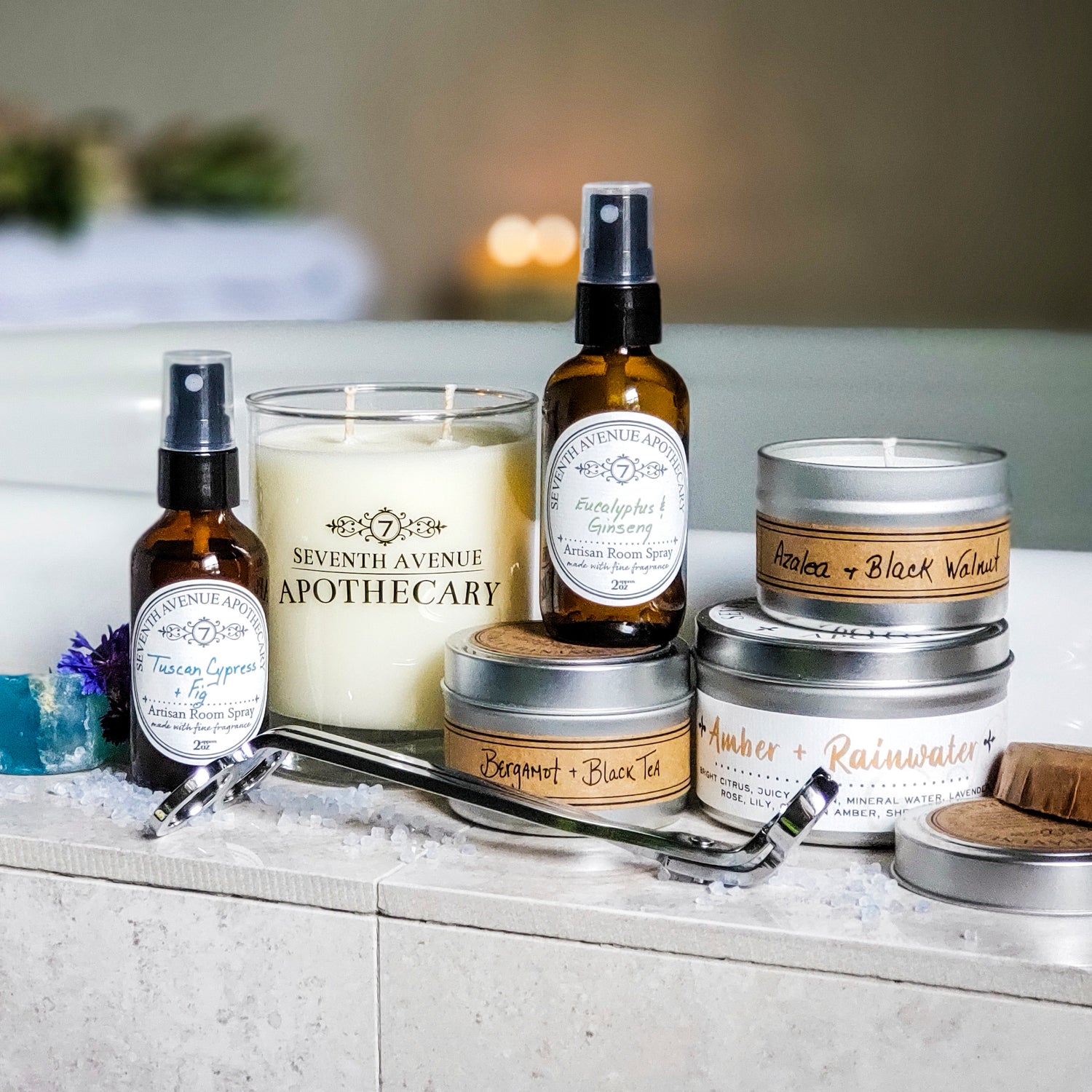How Is Soy Wax Made?

Ever wondered about the journey of a soy wax candle? Why don’t we look into the fascinating process that transforms soybeans into the elegant, eco-friendly candles you love.
The Soybean:
The journey begins with the soybean. Here’s how soybeans are transformed into the base for your favorite candles:
- Harvesting and Initial Processing: Soybeans are harvested from the fields and cleaned very well to remove any impurities. The beans are then cracked open to expose the inner core, which is rich in oil.
- De-Hulling and Flaking: The next step involves de-hulling the soybeans to remove the outer shell. What remains is then rolled into fine flakes, which are essential for extracting the soybean oil used in making wax.
Turning Oil into Wax: The Hydrogenation Process
With the soy flakes prepared, the next phase is the transformation of soybean oil into solid wax:
- Extraction of Soybean Oil: The oil is extracted from the soy flakes using advanced methods such as solvent extraction or mechanical pressing. This oil is then purified to remove any residual impurities.
- Hydrogenation: This is where the magic happens. The purified soybean oil undergoes hydrogenation—a process where hydrogen is introduced to transform the liquid oil into a solid wax. Hydrogenation changes the chemical structure of the oil, increasing its melting point and solidifying it at room temperature. This process is critical as it creates a wax with the ideal consistency for candle-making.
Creating the Candle: From Melting to Curing
With the wax ready, candle makers can start crafting:
- Melting and Blending: Soy wax flakes or pellets are melted in a boiler, reaching a temperature where they become a liquid. At this stage, candle makers blend in fragrances and dyes. The wax should be heated to between 175°F and 185°F to ensure complete melting and optimal incorporation of color and scent.
- Adding Fragrance and Color: Fragrance oils are added when the wax is between 160°F and 185°F to ensure they bind effectively. For a consistent color, dyes are mixed in when the wax is fully melted. This ensures a vibrant and even color throughout the candle.
- Wicking and Pouring: Prepping the wick is essential. It’s placed in the candle container before pouring in the melted wax. The wax is then carefully poured into the container, encasing the wick and ensuring an even set.
- Cooling and Curing: The filled containers are left to cool at room temperature. This can take up to 24 hours. During this time, the wax solidifies and the fragrance fully integrates, ensuring a clean, consistent burn. Curing time of up to 12 days is recommended for the best scent throw and performance.
Why Choose Soy Wax?
Soy wax offers several benefits that set it apart from traditional paraffin:
- Eco-Friendly: Made from renewable soybeans, soy wax is a sustainable alternative to petroleum-based paraffin wax.
- Clean Burning: Soy candles burn more cleanly, producing less soot compared to paraffin candles. This helps maintain air quality in your home.
- Long-Lasting and Effective: Soy wax has a longer burn time and a superior scent throw, filling your space with fragrance without compromising on burn quality.
- Recyclable and Renewable: Soy wax is fully recyclable, supporting environmental sustainability and reducing waste.
What are the cons of soy wax?
Soy wax has a few downsides. It can expand or contract, which might create gaps in your candles. It doesn’t always mix well with every fragrance oil, and can develop frost marks. Plus, it’s sensitive to humidity and temperature changes, which can affect its performance.
Is soy wax eco-friendly?
Absolutely! Soy wax is eco-friendly because it’s biodegradable and made from a renewable resource. Unlike petroleum-based waxes, soy wax breaks down naturally, making it a more sustainable and environmentally conscious choice for your candle-making needs.
Do soy candles go bad?
Yes, soy candles can expire. Typically, they last between 1 to 2 years when stored correctly. Like other natural products, they can degrade over time, so keeping them in a cool, dry place will help maintain their quality and performance.
Is soy wax bad for you?
No, soy wax isn’t bad for you. It produces much less soot and fewer harmful chemicals like toluene and benzene when burned. This makes soy wax candles a healthier choice, particularly for individuals with allergies, asthma, or sensitivities to air quality.
Explore our curated collection of soy wax candles to illuminate your space with both elegance and sustainability. Our soy wax candles are crafted to offer a clean burn and a refined ambiance, all while embracing eco-friendly practices. Each candle in our collection is designed to bring a touch of sophistication to your space while showcasing the natural benefits of soy wax.
Collections
-

Signature Glass Candles
Our iconic, yet simply understated Signature Glass candle is where it all...
-

Soy Wax Melts
Soy wax melts offer a highly scented alternative to a candle with...













